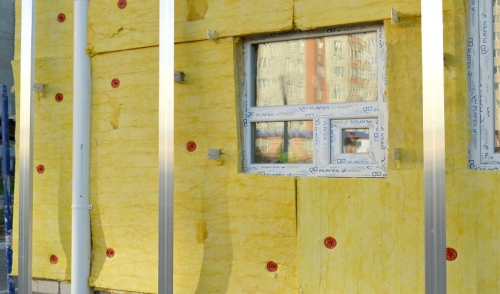{article.name}
9 Sagebrush Dr.
Victor, ID 83455
Phone: 208-787-9663
Fax: 208-787-9664
What’s The “Greenest” Insulation Around?

- Share this:
- Share on Facebook
- Pin on Pinterest
- Tweet on Twitter
Evidence suggests fiberglass, rock wool and slag wool insulation beat out cellulose insulation hands down. What’s more, fiberglass, rock wool and slag wool insulation qualify for use in the Weatherization Assistance Program.
While there are several types of insulation typically used for the weatherization market, none has the many advantages of loose-fill fiberglass or rock wool and slag wool insulation.
Advantages
Fiberglass, rock wool and slag wool insulation can meet the federal government’s recycled content requirements. Today’s fiberglass insulation products contain 40% recycled glass and are made from sand, a highly renewable resource. Slag wool insulation contains approximately 70-75% recycled blast furnace slag.
Blown-in fiberglass, rock wool and slag wool insulation products can achieve up to an R-15 in a 2x4 cavity and an R-23 in a 2x6 cavity – more than any other traditional loose-fill insulation on the market today.
Loose-fill fiberglass, rock wool and slag wool insulation products can be blown with most types of pneumatic machines and provide the equivalent R-value with less material than cellulose. All three products exhibit virtually no signs of settling or R-value loss over time. On the other hand, cellulose settles up to 20% and requires compensation for settling during installation.
The great amount of medical scientific evidence compiled over more than 70 years by industry; government, and independent research organizations supports the conclusion that these insulation products are safe to use when manufacturer’s recommended work practices are followed.
Source: North American Manufacturers Association
Sign up for our Email List
Stay updated with all our latest posts, products and offers! Just enter your information below.

Comments